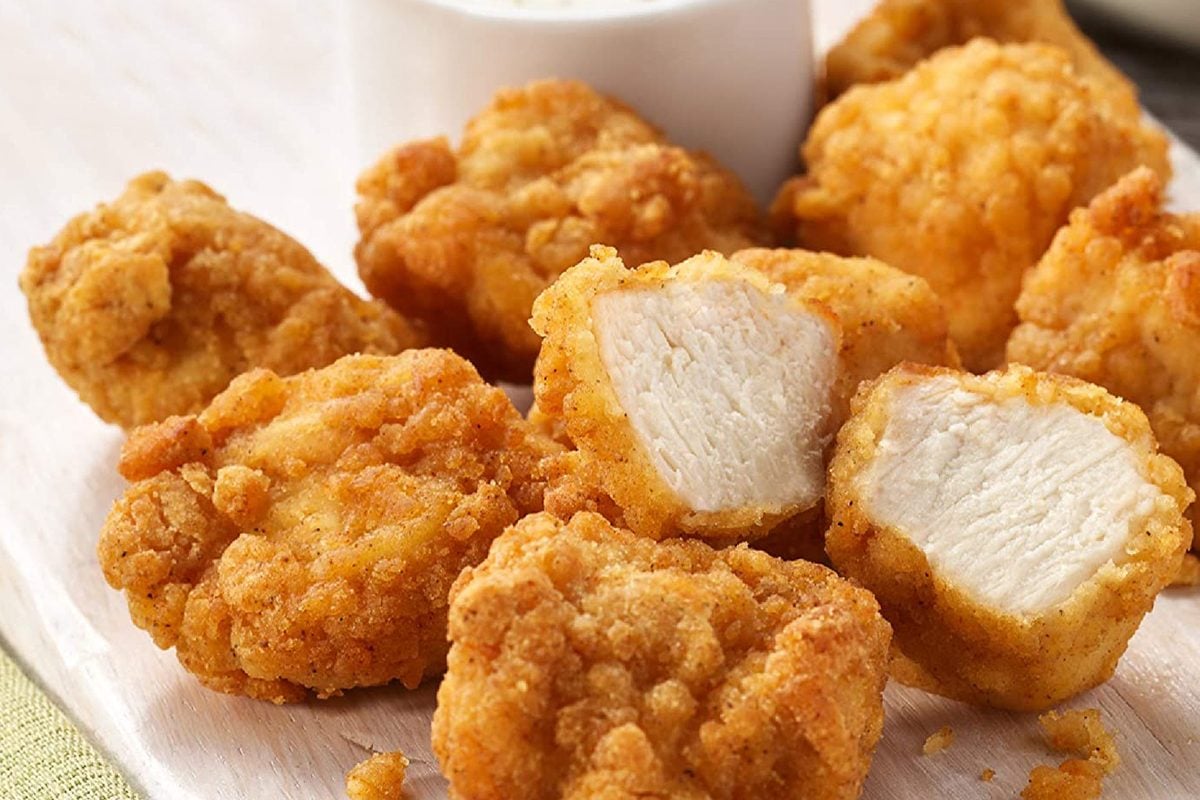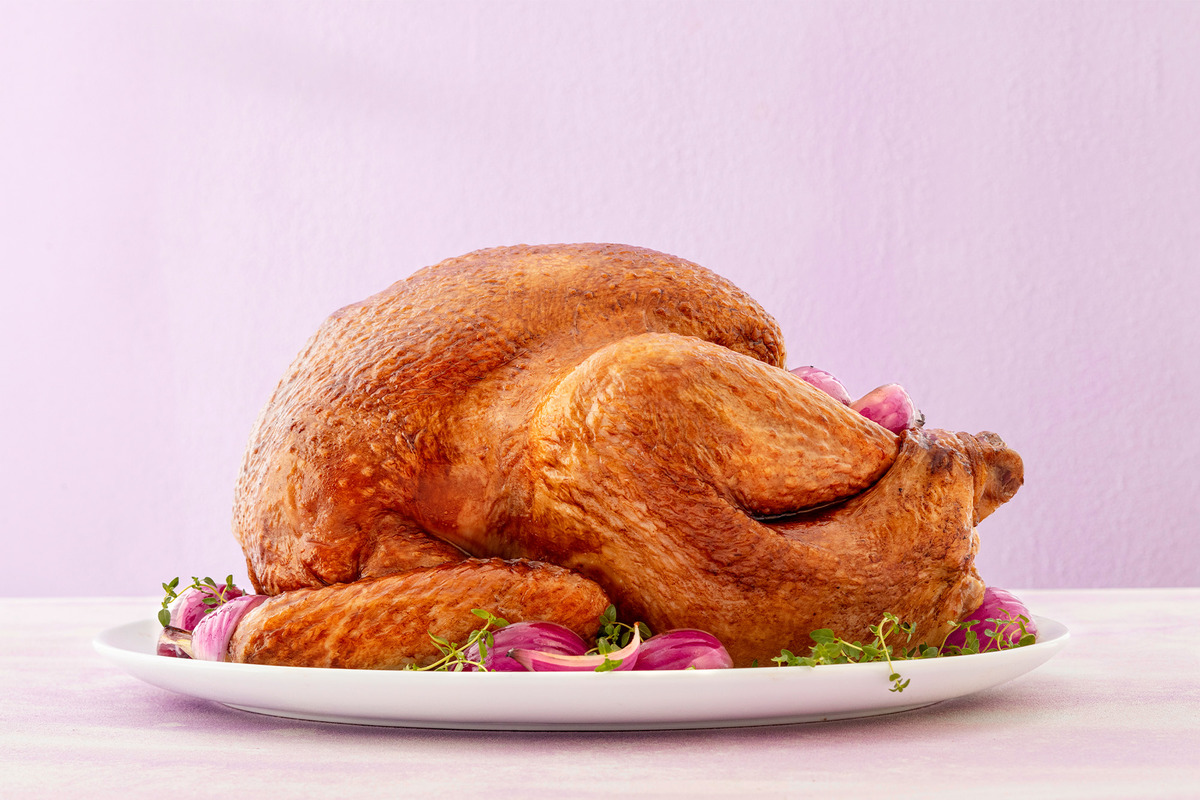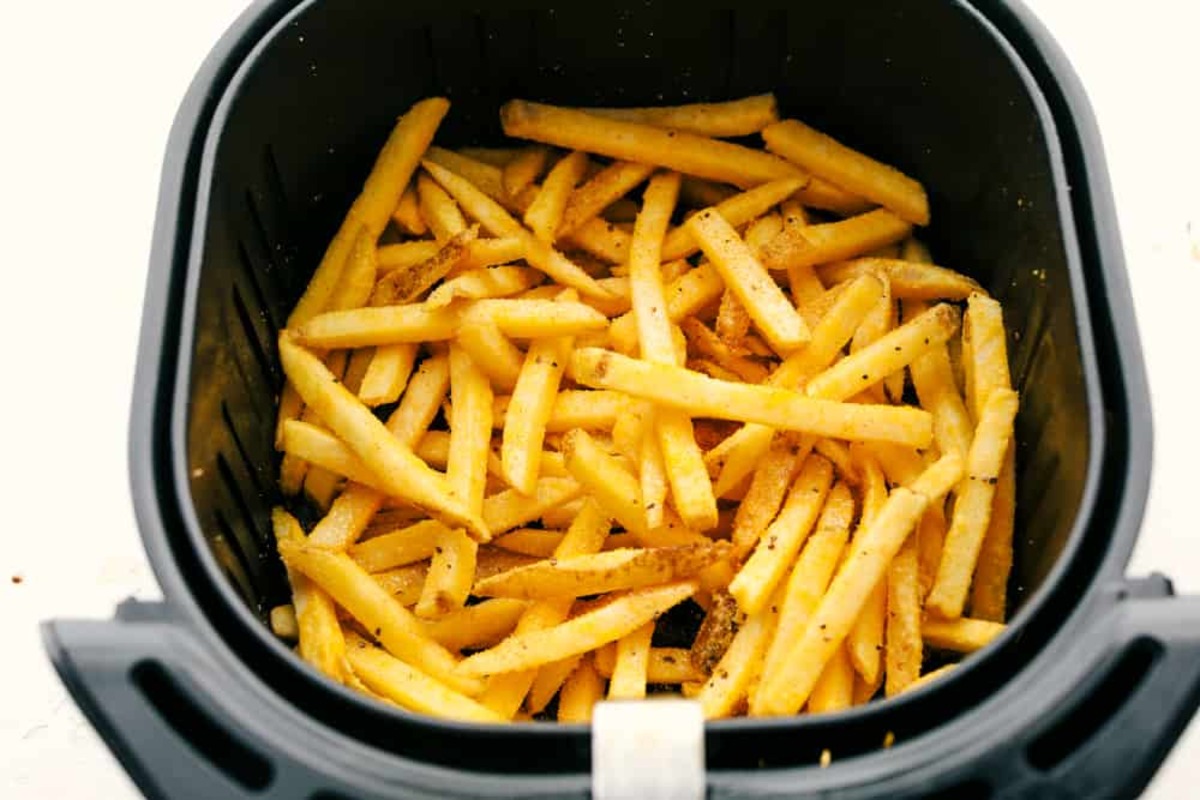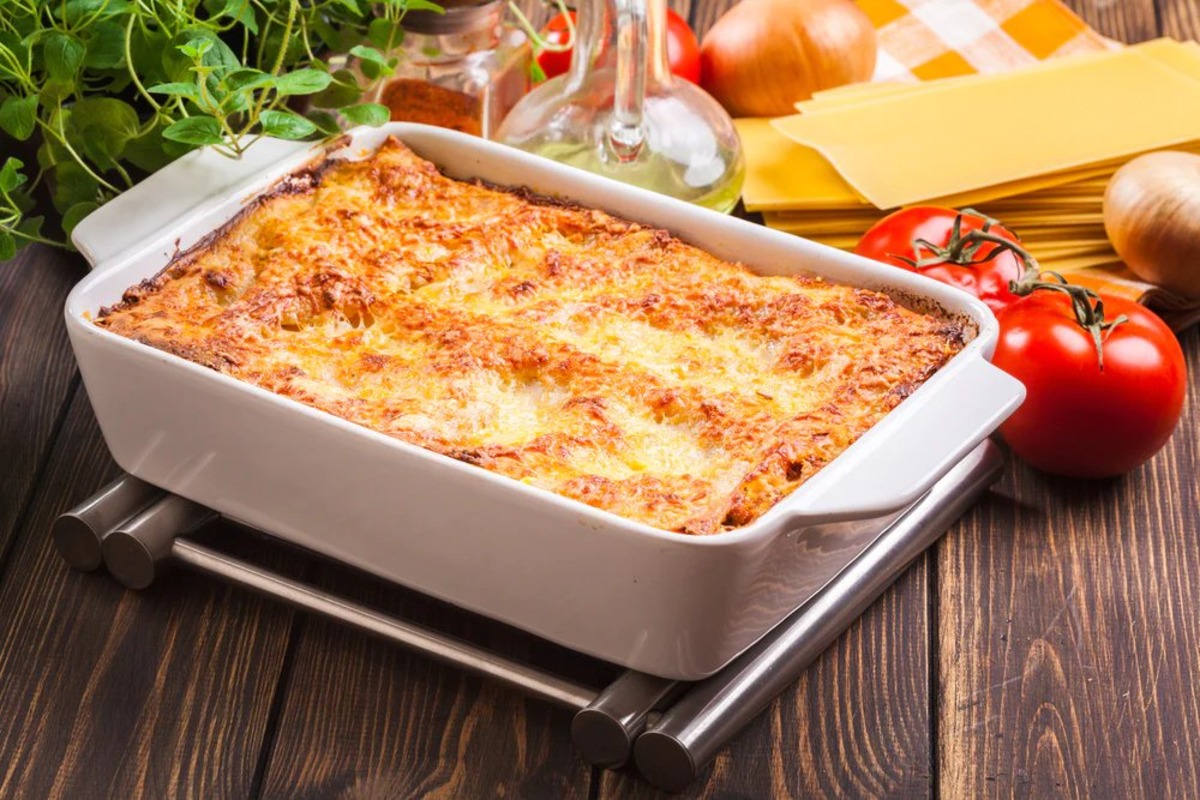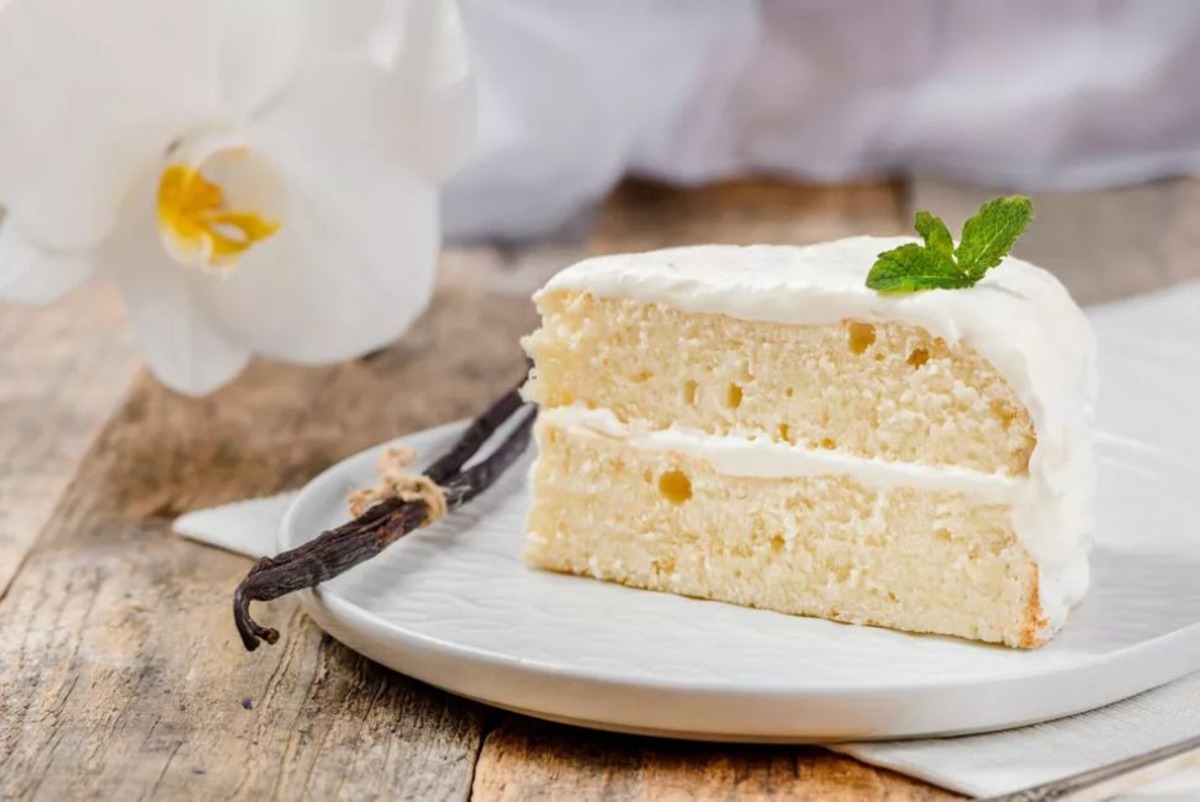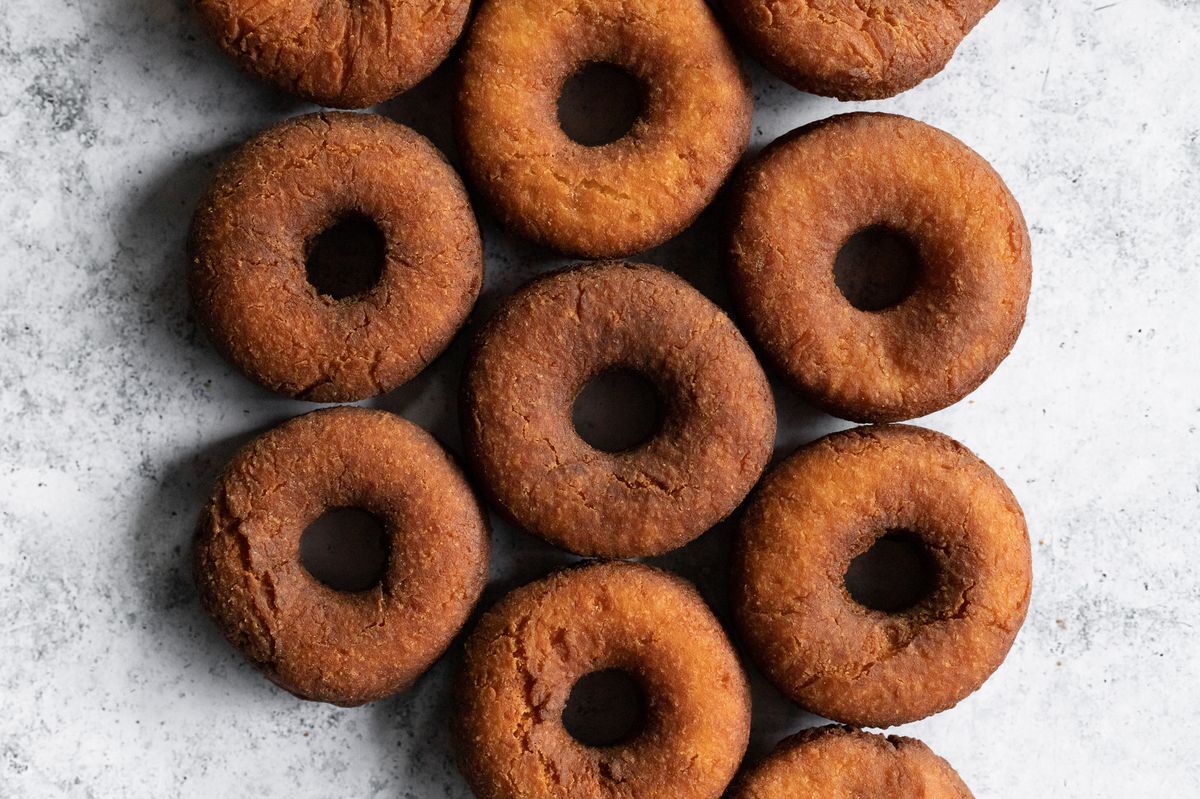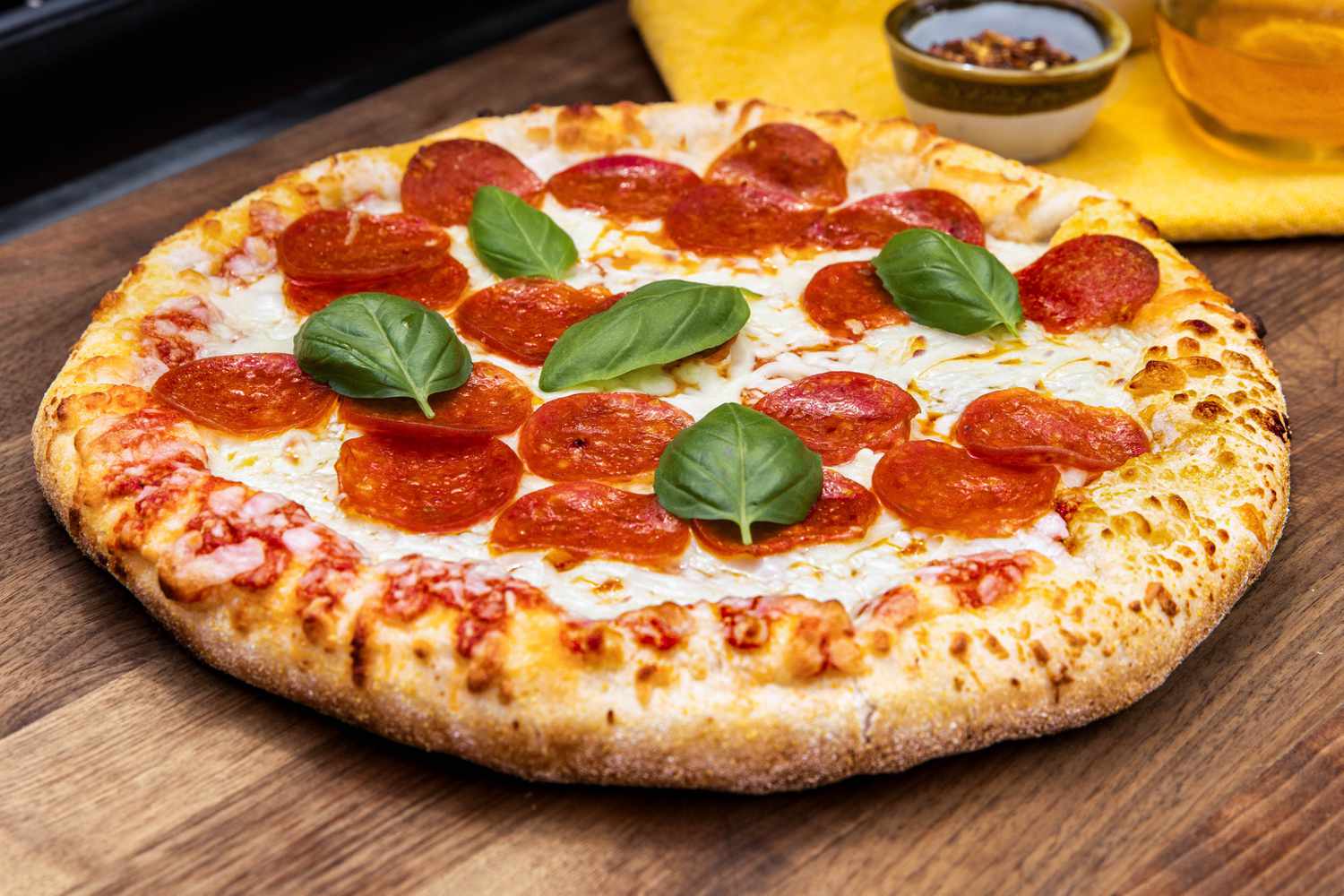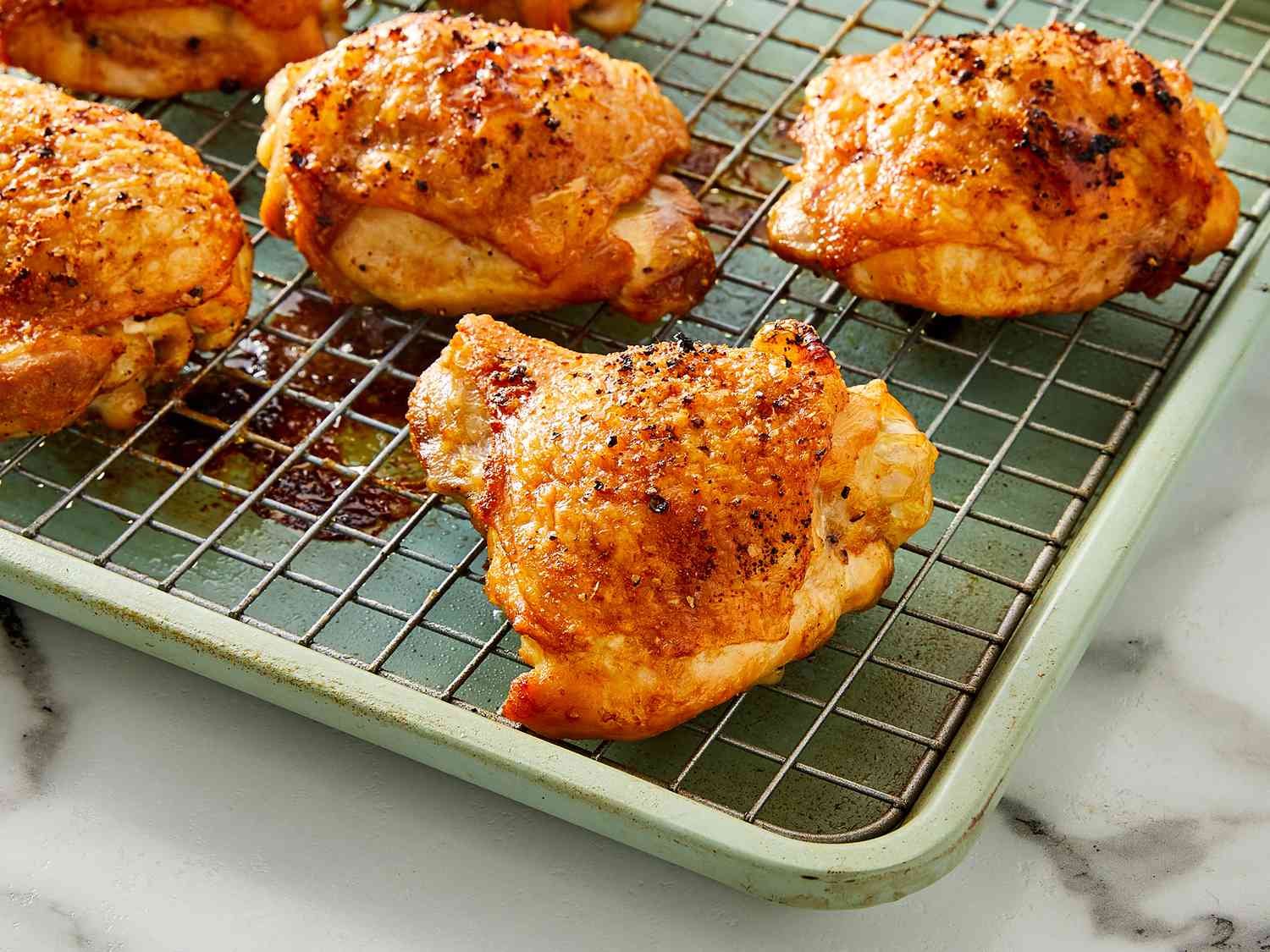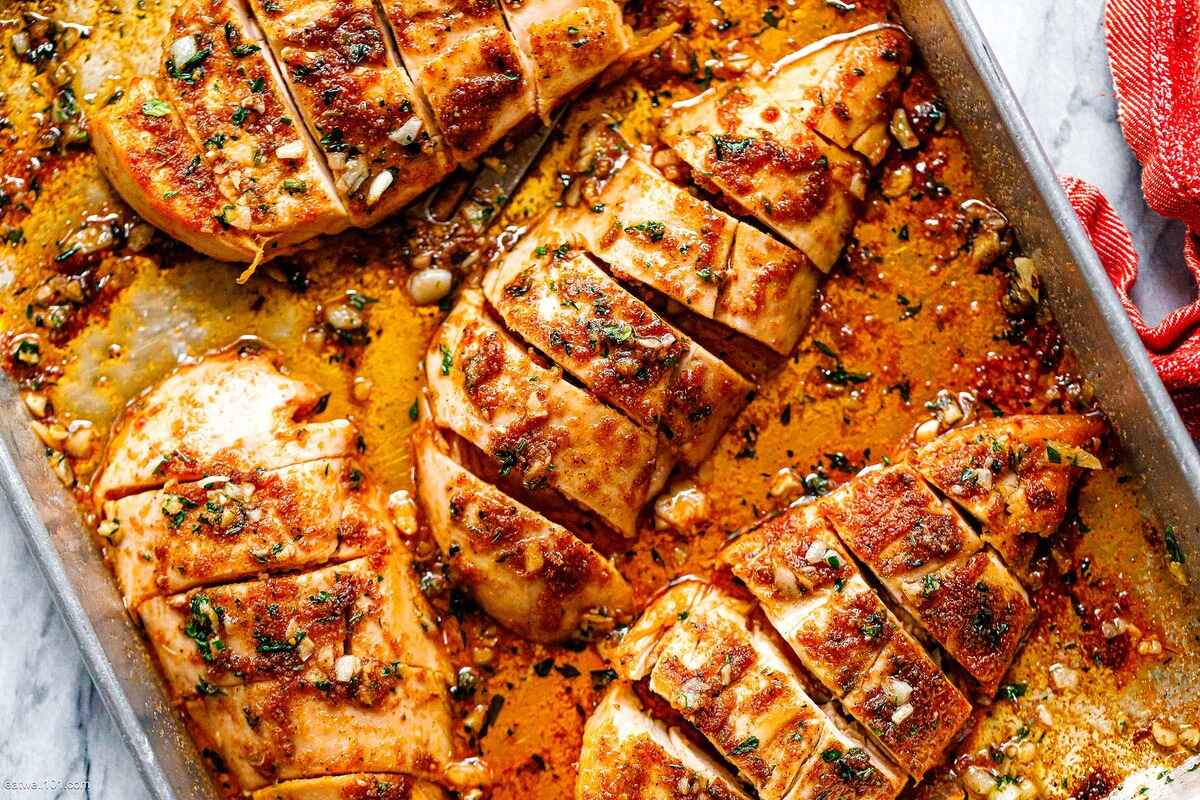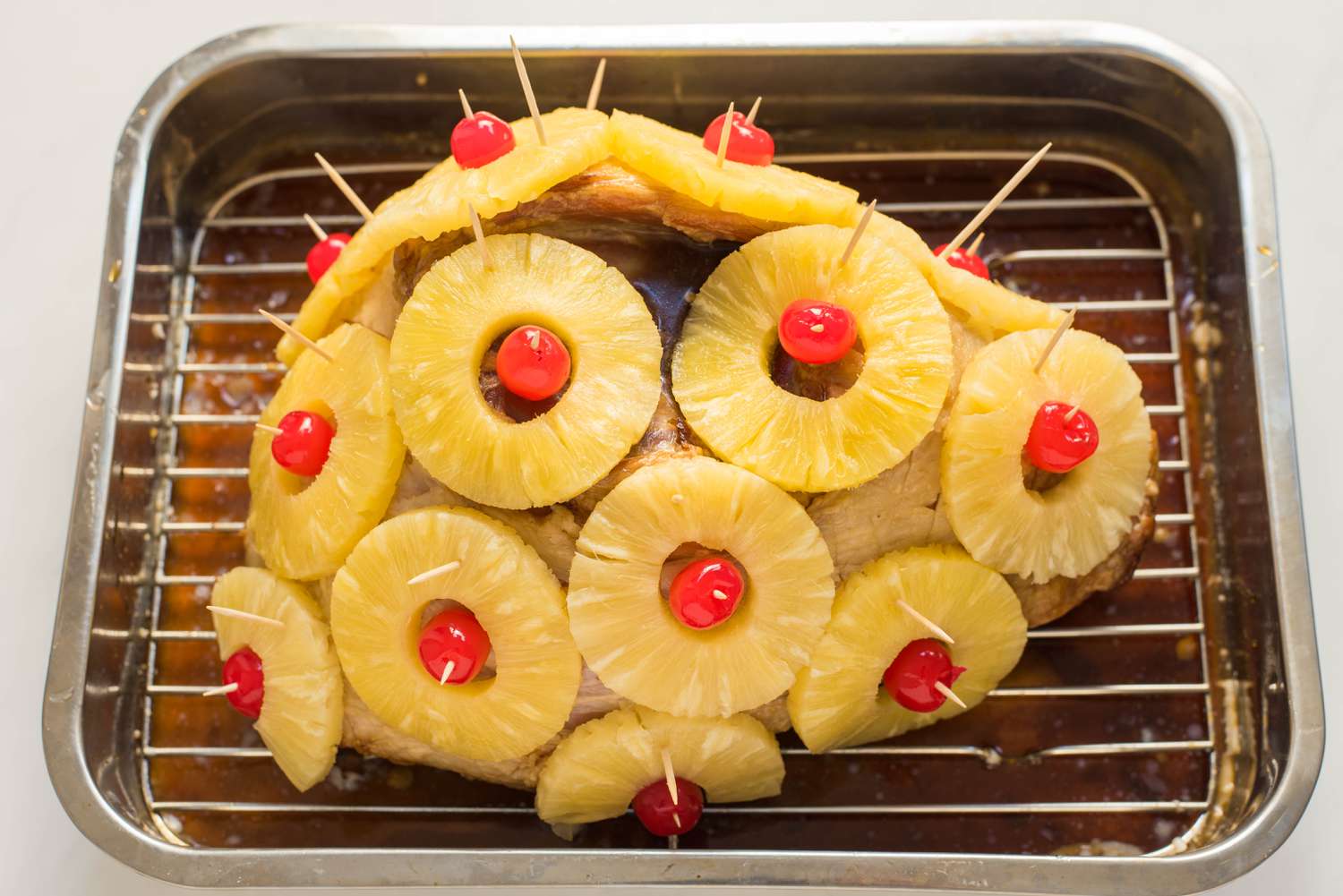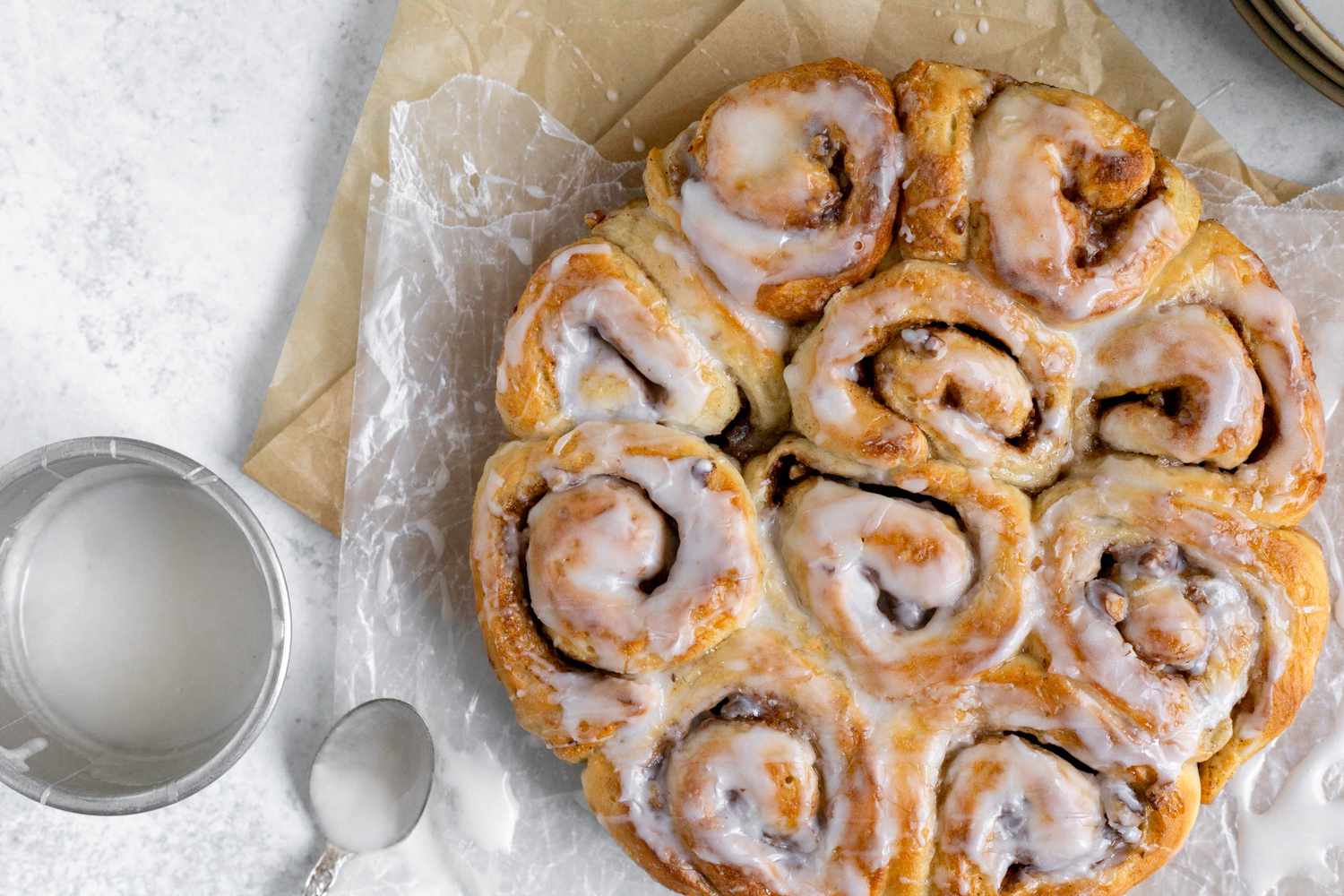The Best and Most Accurate Way to Measure Wet and Dry Ingredients for Baking
Baking is both an art and a science. To achieve the perfect outcome, every ingredient needs to be measured with precision. From flour and sugar to milk and oil, each component plays a crucial role in creating delicious and mouthwatering treats. In this article, we will explore the best and most accurate way to measure wet and dry ingredients for baking, ensuring that your recipes turn out perfect every time.
1. Dry Ingredients
When it comes to measuring dry ingredients such as flour, sugar, or cocoa powder, it’s important to follow these steps:
- Use a proper measuring cup: Invest in a set of sturdy, nested measuring cups made of metal or plastic. Avoid using drinking glasses or random containers, as they may not provide accurate measurements.
- Spoon and level: Use a spoon to scoop the dry ingredient into the measuring cup, filling it slightly above the rim. Then, level off the excess using a straight-edged utensil, such as a knife or spatula. This step prevents the ingredient from being packed too tightly, which could lead to inaccurate measurements.
- Consider sifting: If your recipe calls for sifted dry ingredients, such as flour or powdered sugar, sift them before measuring. Sifting helps to aerate the ingredients, ensuring a lighter and more evenly textured final product.
By following these steps, you will achieve consistent and precise measurements of dry ingredients, setting the foundation for a successful baking experience.
2. Wet Ingredients
Measuring wet ingredients, such as milk, oil, or melted butter, requires a different approach:
- Use a liquid measuring cup: Liquid measuring cups have a spout and are usually transparent, allowing for accurate measurement. Place the measuring cup on a stable surface and ensure that your eyes are level with the markings on the cup to prevent parallax errors.
- Pour at eye level: When measuring liquids, always pour them at eye level to ensure accuracy. Slowly pour the liquid into the measuring cup, using the markings on the cup as a guide.
- Be mindful of some exceptions: Some ingredients, like honey or molasses, can be sticky and may not pour easily. In such cases, lightly grease the measuring cup or use a rubber spatula to aid in transferring the ingredient.
By following these steps, you will be able to measure wet ingredients precisely, ensuring the right balance of flavors and textures in your baked goods.
Bonus Tips:
- For recipes that require both dry and wet ingredients, measure the dry ingredients first. This way, if any spillage occurs, it won’t affect your wet ingredient measurements.
- If your recipe calls for smaller amounts of ingredients, consider using a kitchen scale. Weight measurements are often more accurate than volume measurements, especially for items like butter or chocolate chips.
- Always double-check your measurements before adding the ingredients to your recipe. Accuracy is key to achieving consistent results in baking.
- Properly clean and dry your measuring cups and spoons after each use to prevent any cross-contamination of ingredients and ensure accurate measurements in the future.
Remember, baking is a delightful blend of creativity and precision. By measuring your wet and dry ingredients accurately, you will elevate your baking game and impress everyone with your delectable creations. Happy baking!
Was this page helpful?
Read Next: Three Babe’s Mini Pie Crusts Recipe
